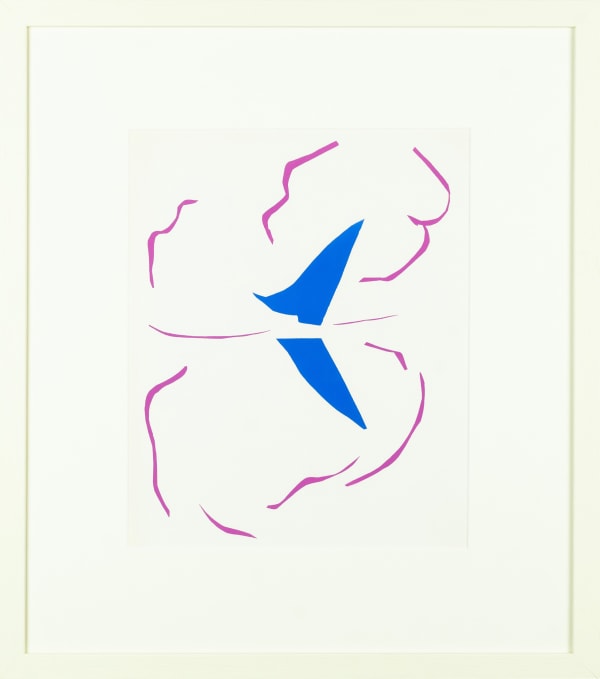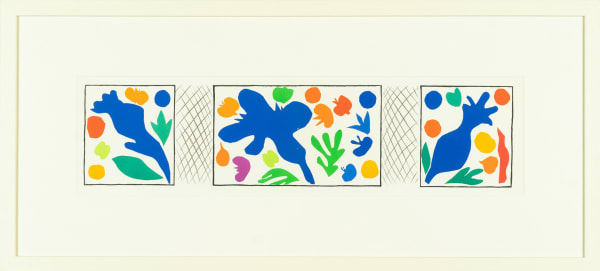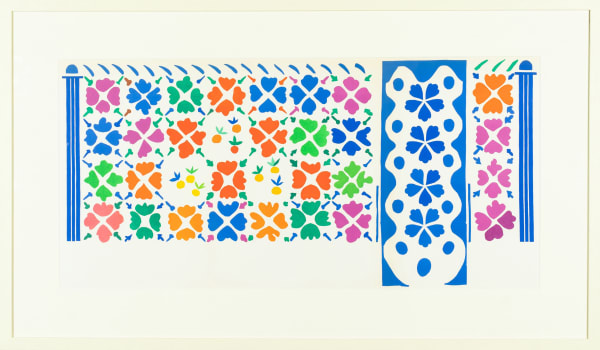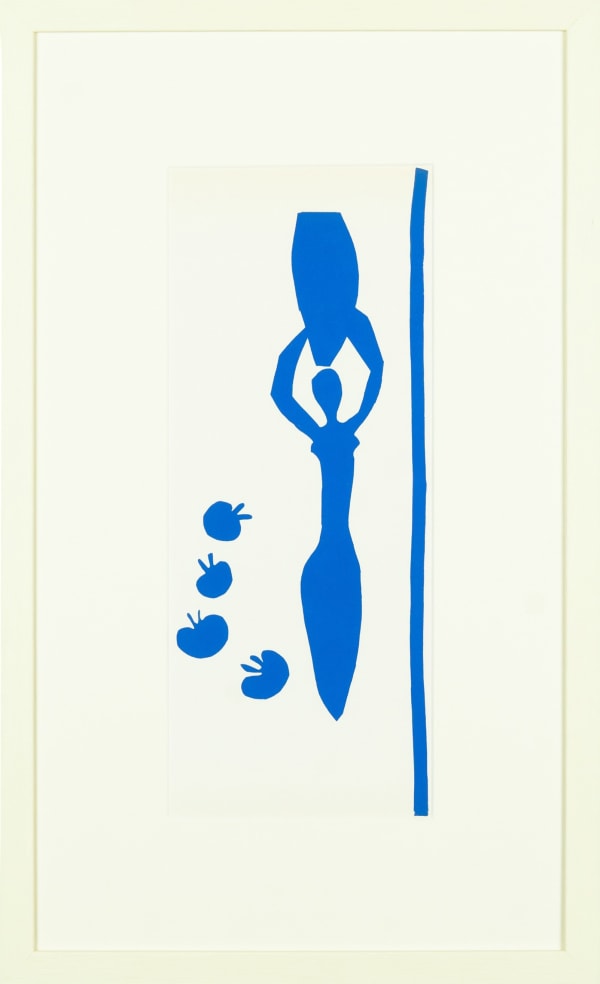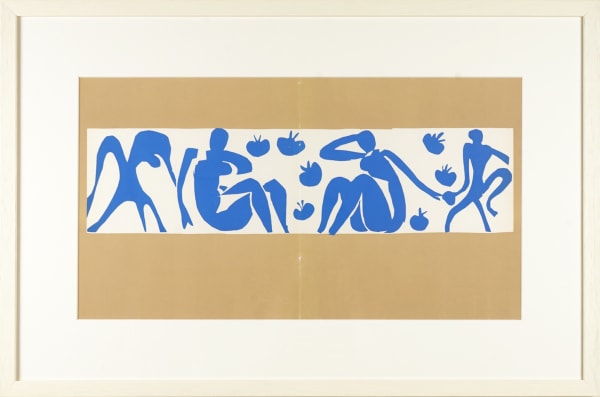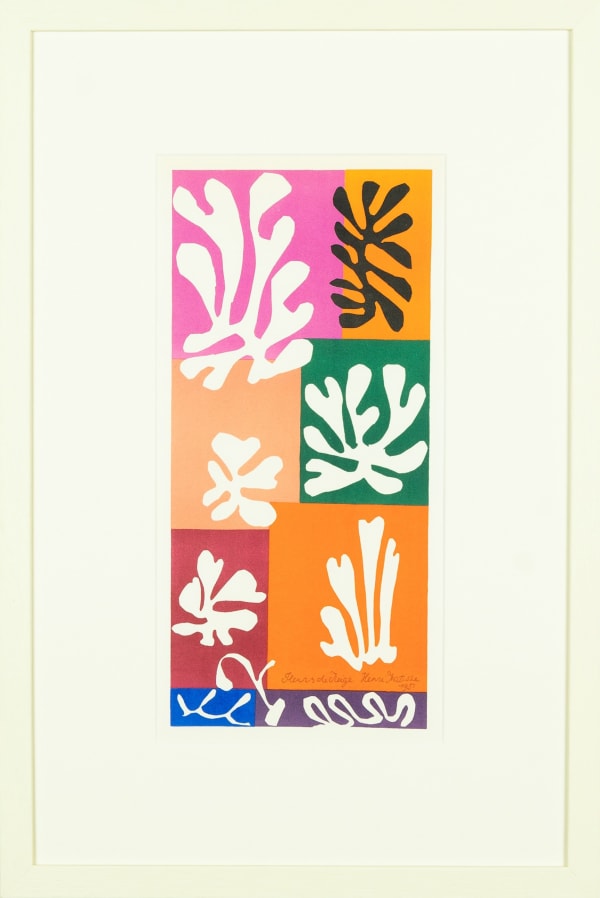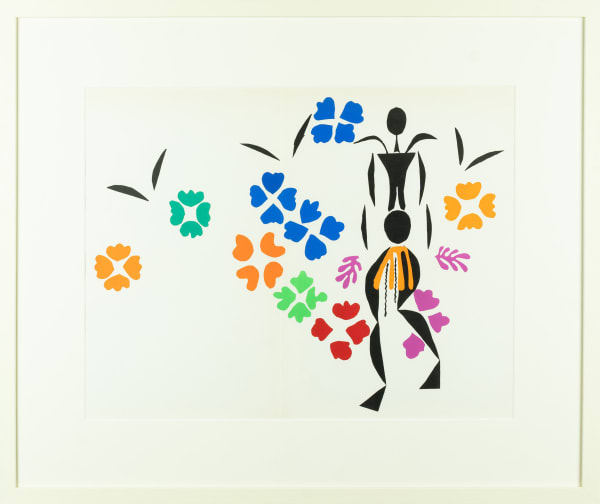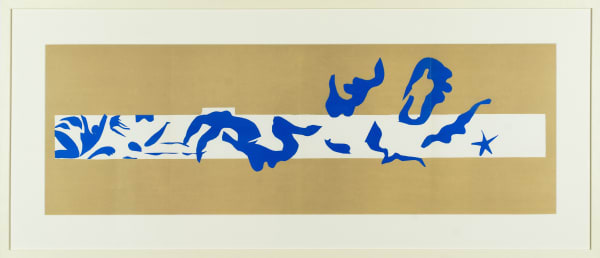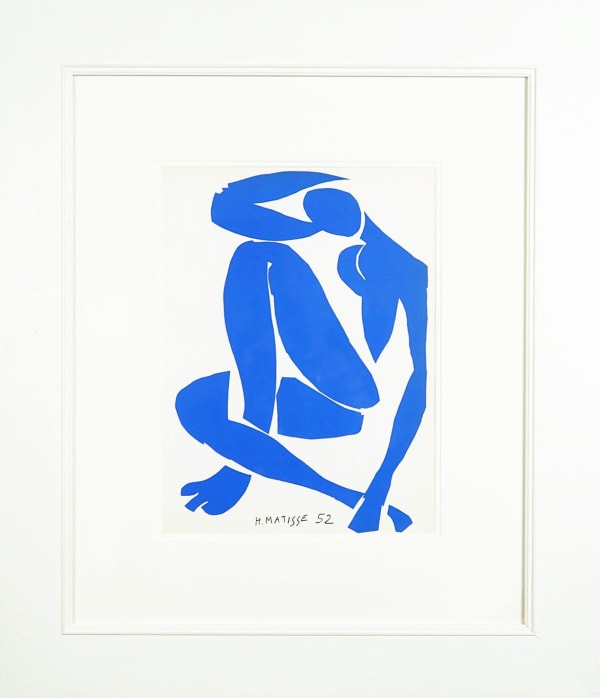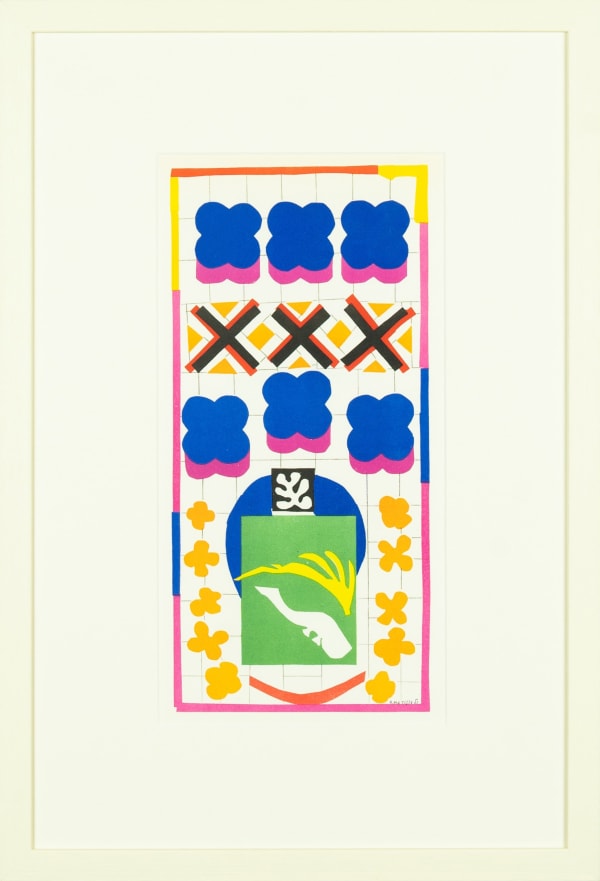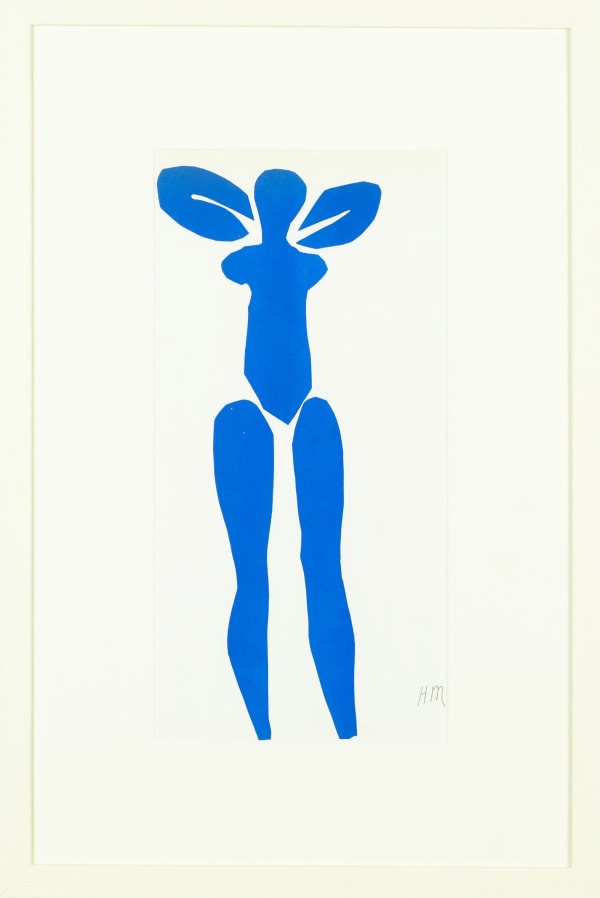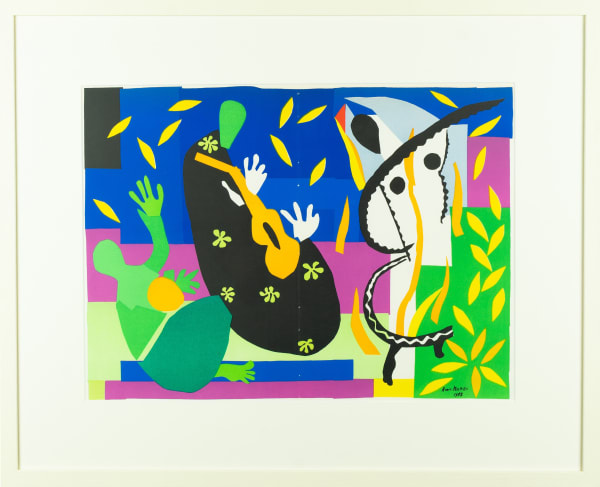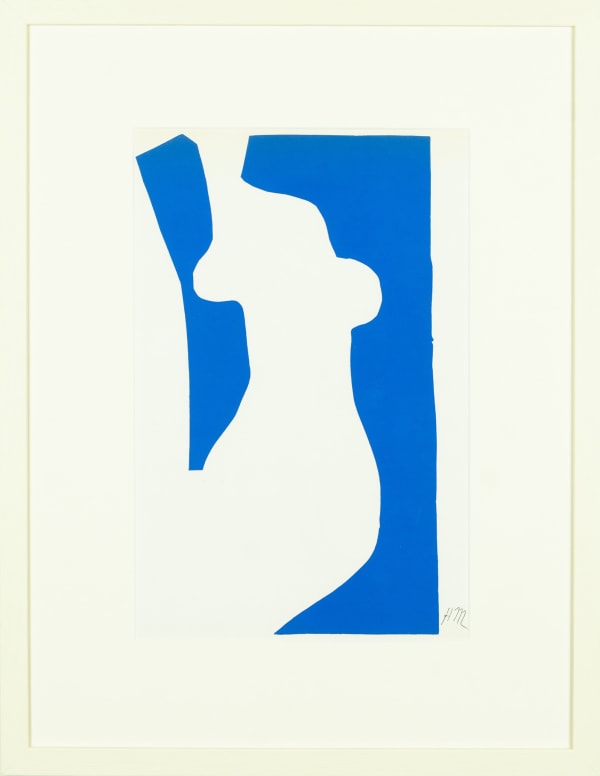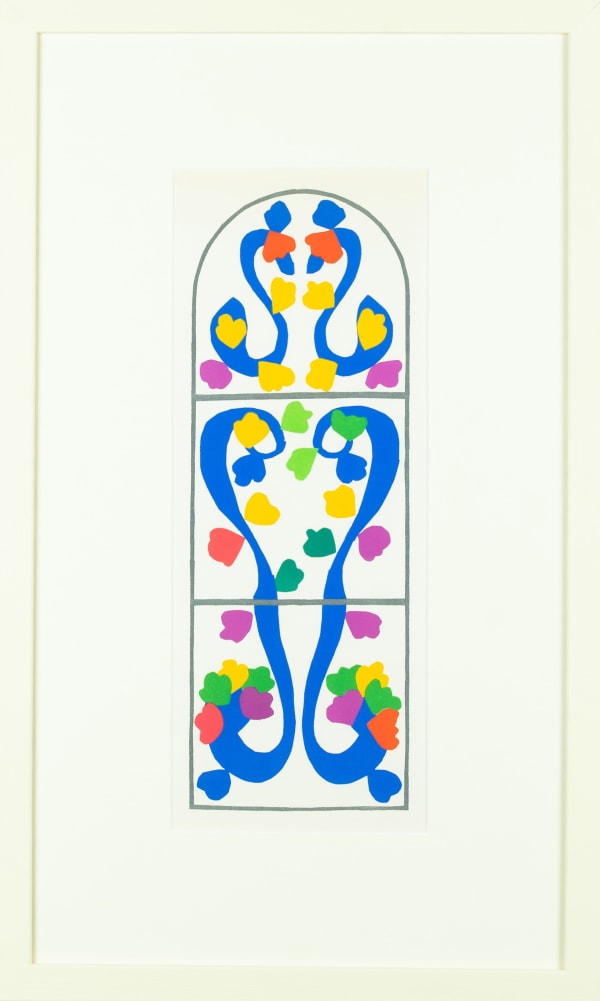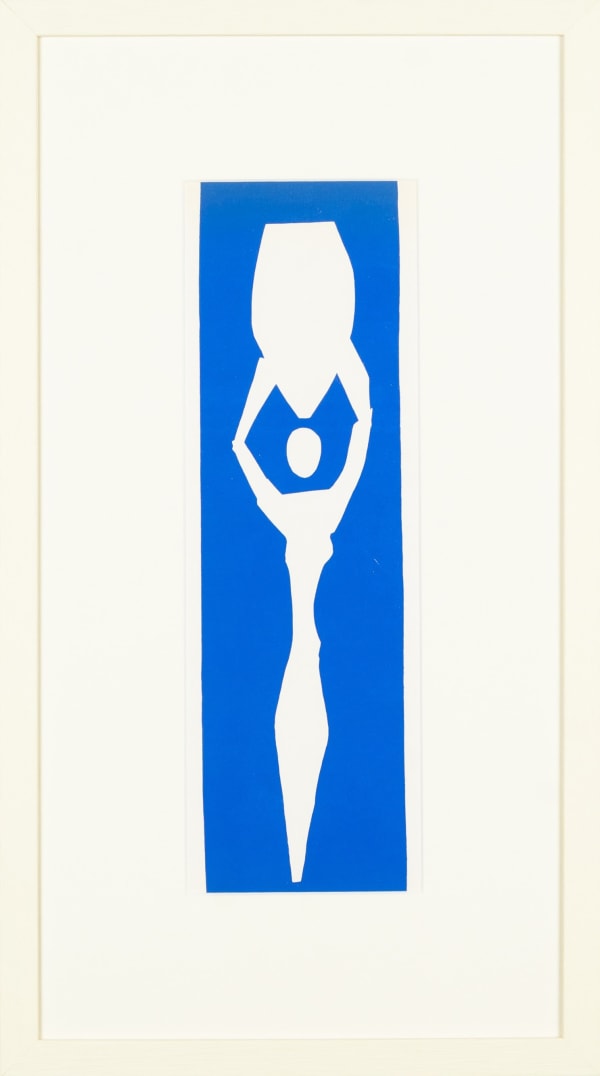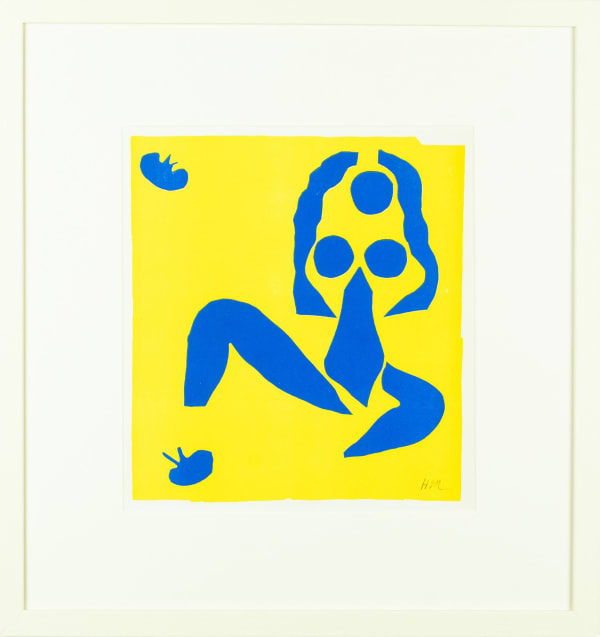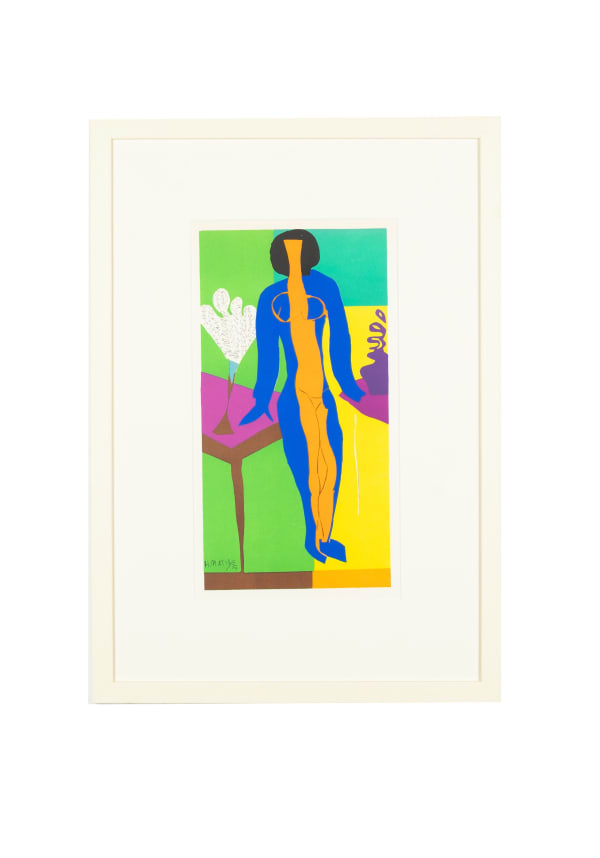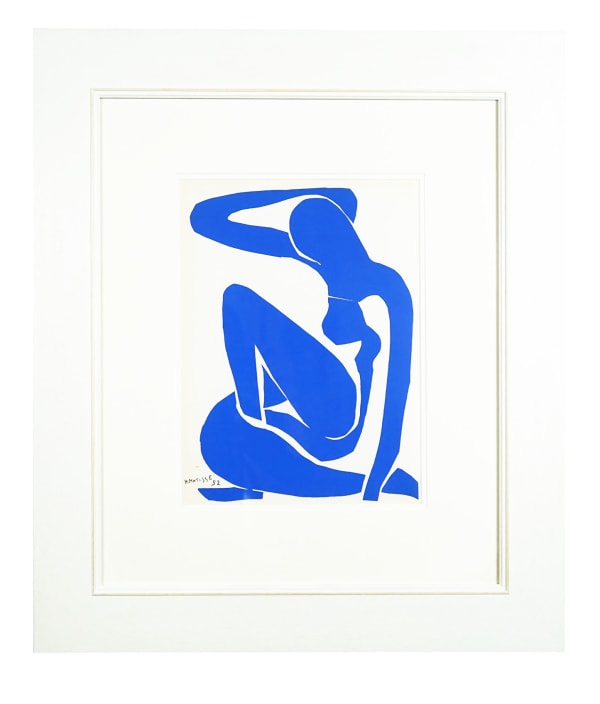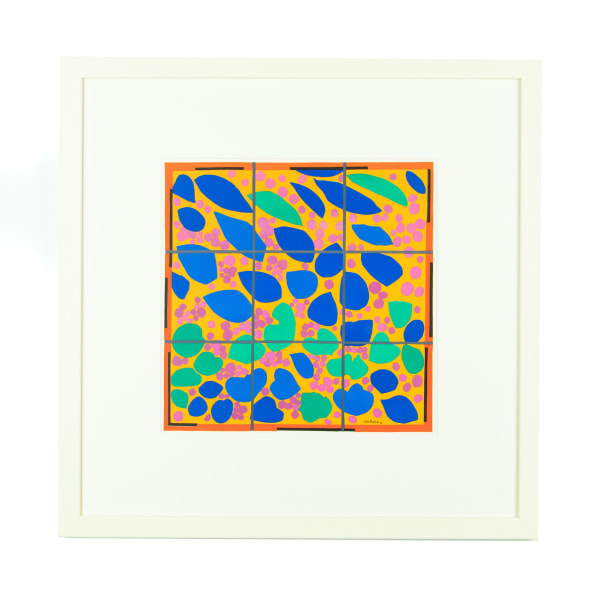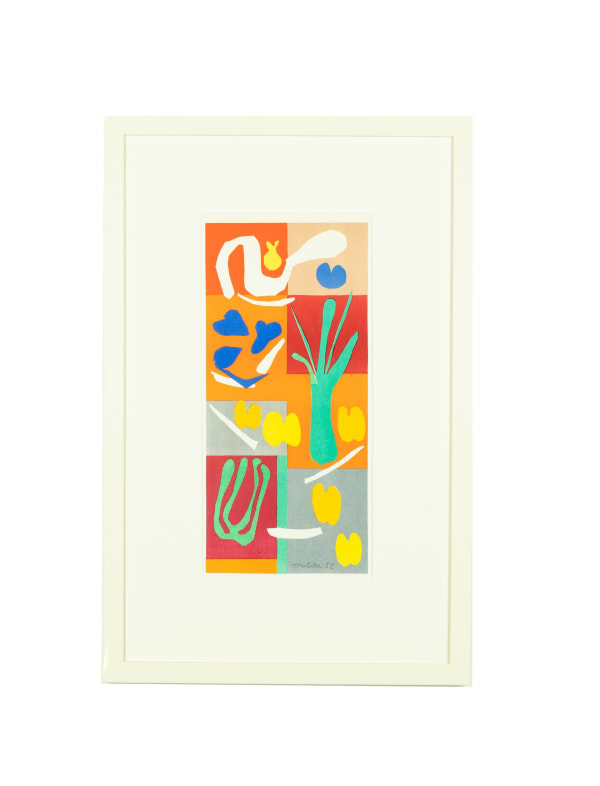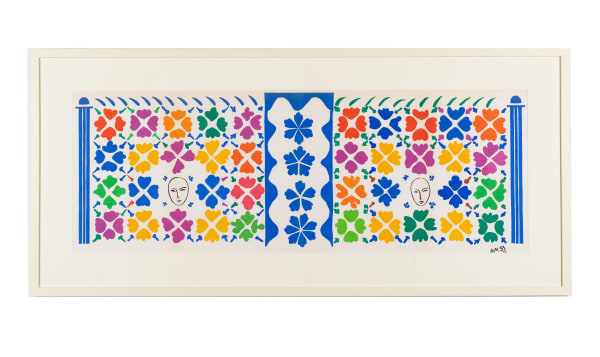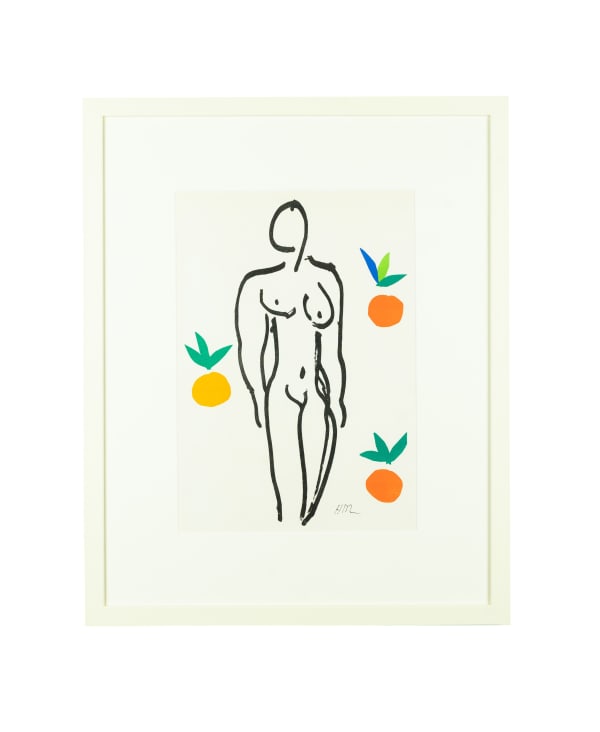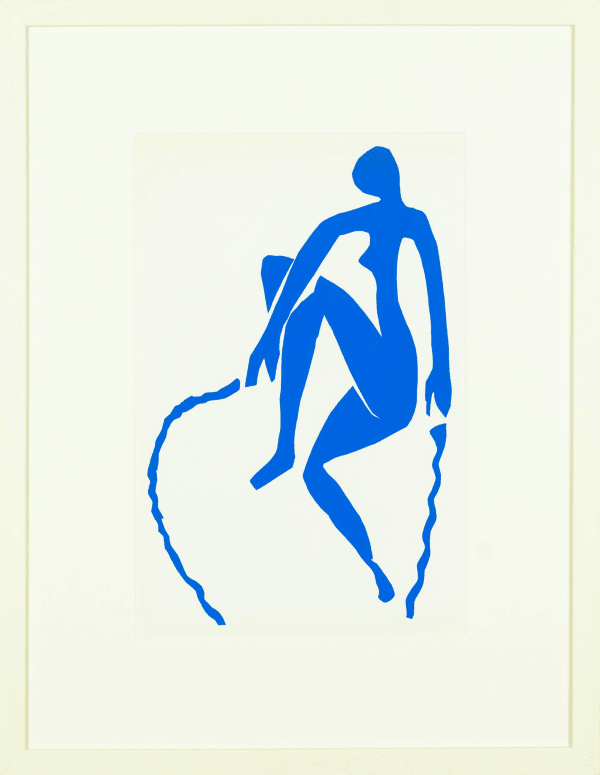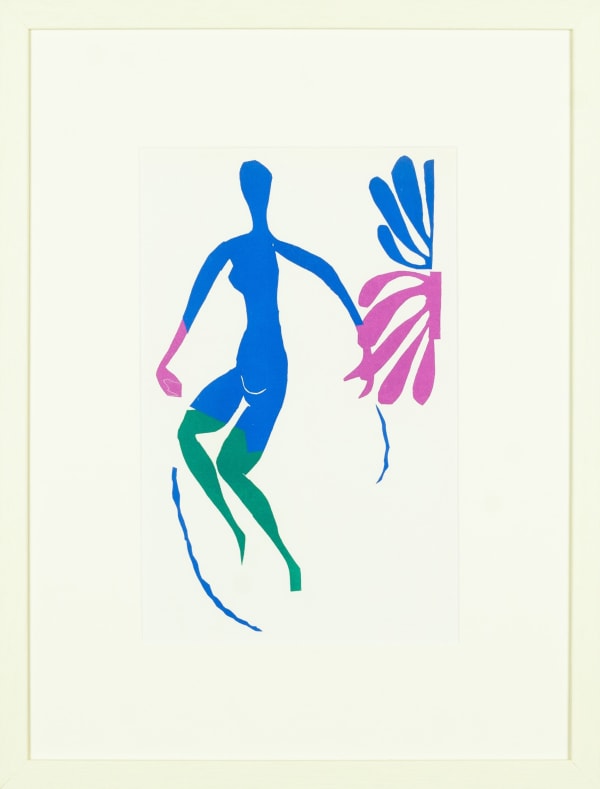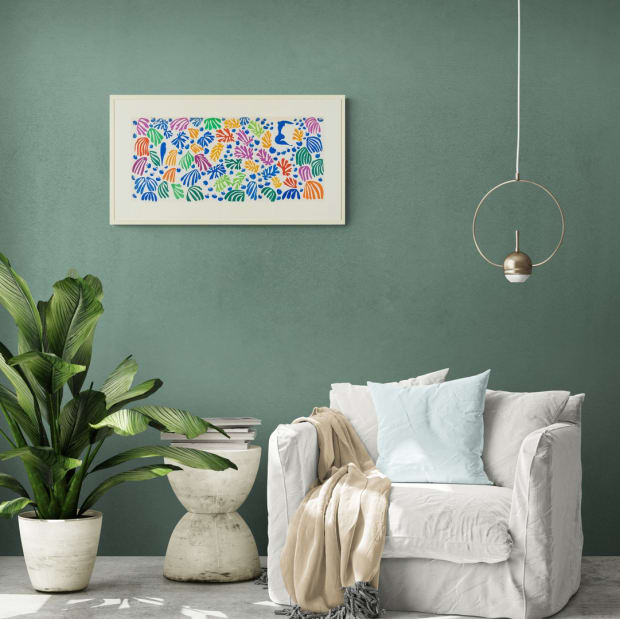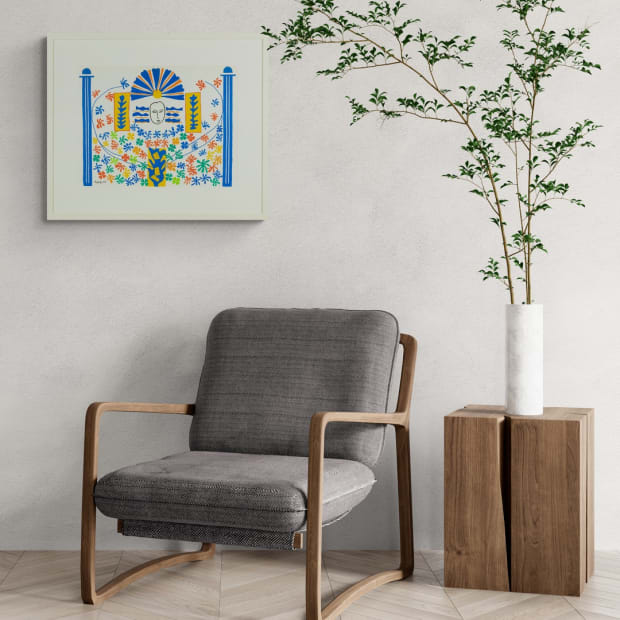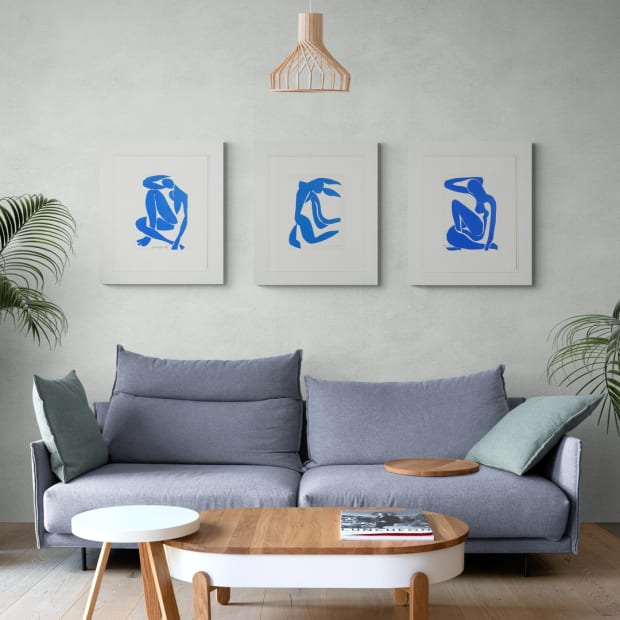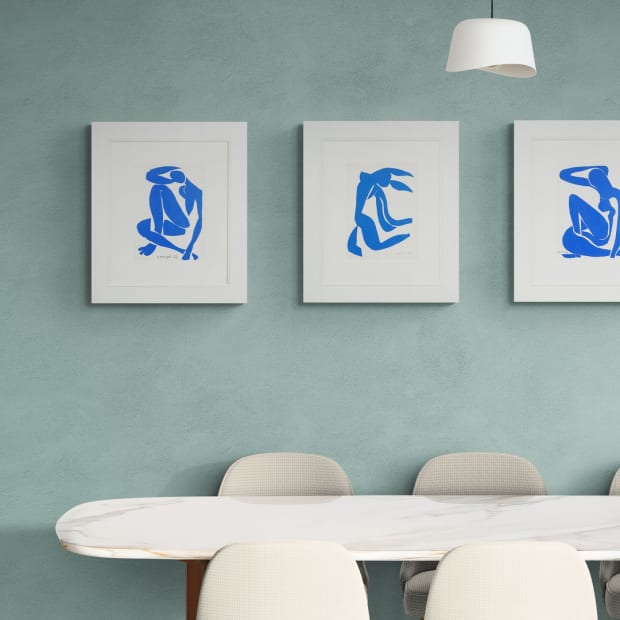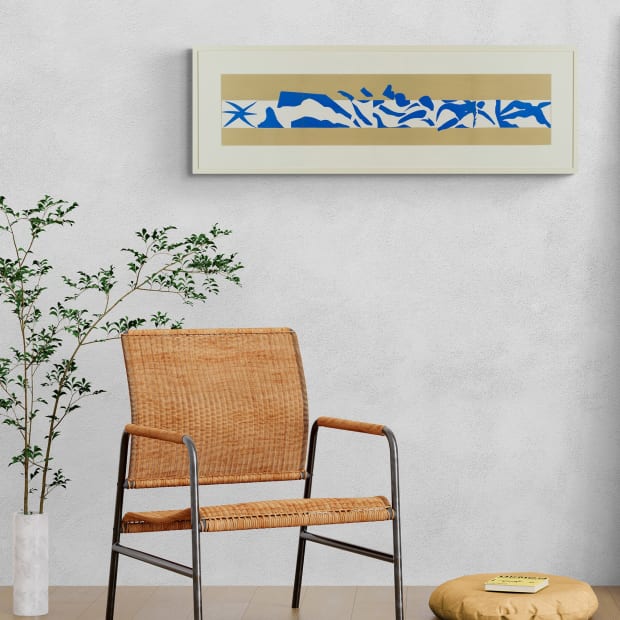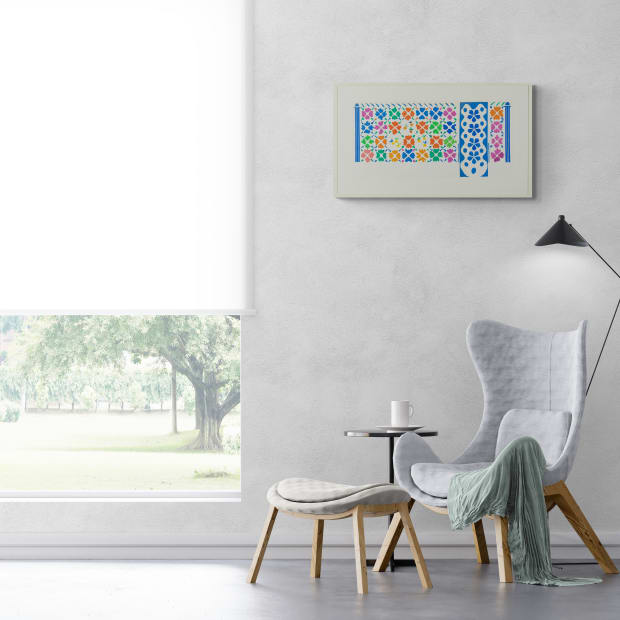
-
-
The Portfolio
-
 Henri Matisse, Baigneuse dans les Roseaux, 1958
Henri Matisse, Baigneuse dans les Roseaux, 1958 -
 Henri Matisse, Bateau, 1958£ 650.00
Henri Matisse, Bateau, 1958£ 650.00 -
 Henri Matisse, Coquelicots, 1958£ 900.00
Henri Matisse, Coquelicots, 1958£ 900.00 -
 Henri Matisse, Décoration Fruits, 1958£ 950.00
Henri Matisse, Décoration Fruits, 1958£ 950.00
-
 Henri Matisse, Femme a l'Amphore et Grenades, 1958
Henri Matisse, Femme a l'Amphore et Grenades, 1958 -
 Henri Matisse, Femmes et Singes, 1958£ 900.00
Henri Matisse, Femmes et Singes, 1958£ 900.00 -
 Henri Matisse, Fleurs de Neige, 1958
Henri Matisse, Fleurs de Neige, 1958 -
 Henri Matisse, La Negresse, 1958£ 650.00
Henri Matisse, La Negresse, 1958£ 650.00
-
 Henri Matisse, La Piscine I, 1958
Henri Matisse, La Piscine I, 1958 -
 Henri Matisse, Nu Bleu IV, 1958
Henri Matisse, Nu Bleu IV, 1958 -
 Henri Matisse, Poissons Chinois, 1958£ 750.00
Henri Matisse, Poissons Chinois, 1958£ 750.00 -
 Henri Matisse, Rosace, 1958
Henri Matisse, Rosace, 1958
-
 Henri Matisse, Souvenir d'Oceanie, 1958
Henri Matisse, Souvenir d'Oceanie, 1958 -
 Henri Matisse, Nu Bleu X, 1958£ 900.00
Henri Matisse, Nu Bleu X, 1958£ 900.00 -
 Henri Matisse, Tristesse du Roi, 1958
Henri Matisse, Tristesse du Roi, 1958 -
 Henri Matisse, Venus, 1958£ 900.00
Henri Matisse, Venus, 1958£ 900.00
-
 Henri Matisse, Vigne, 1958
Henri Matisse, Vigne, 1958 -
 Henri Matisse, Nuit de Noel, 1958
Henri Matisse, Nuit de Noel, 1958 -
 Henri Matisse, Lierre, 1958
Henri Matisse, Lierre, 1958 -
 Henri Matisse, Femme a l'Amphore, 1958£ 850.00
Henri Matisse, Femme a l'Amphore, 1958£ 850.00
-
 Henri Matisse, La Piscine II, 1958
Henri Matisse, La Piscine II, 1958 -
 Henri Matisse, Grenades, 1958
Henri Matisse, Grenades, 1958 -
 Henri Matisse, Apollon, 1958
Henri Matisse, Apollon, 1958 -
 Henri Matisse, Nu Bleu VII, 1958
Henri Matisse, Nu Bleu VII, 1958
-
 Henri Matisse, Zulma, 1958
Henri Matisse, Zulma, 1958 -
 Henri Matisse, Acanthes, 1958
Henri Matisse, Acanthes, 1958 -
 Henri Matisse, Nu Bleu I, 1958
Henri Matisse, Nu Bleu I, 1958 -
 Henri Matisse, Lierre en Fleurs, 1958
Henri Matisse, Lierre en Fleurs, 1958
-
-



